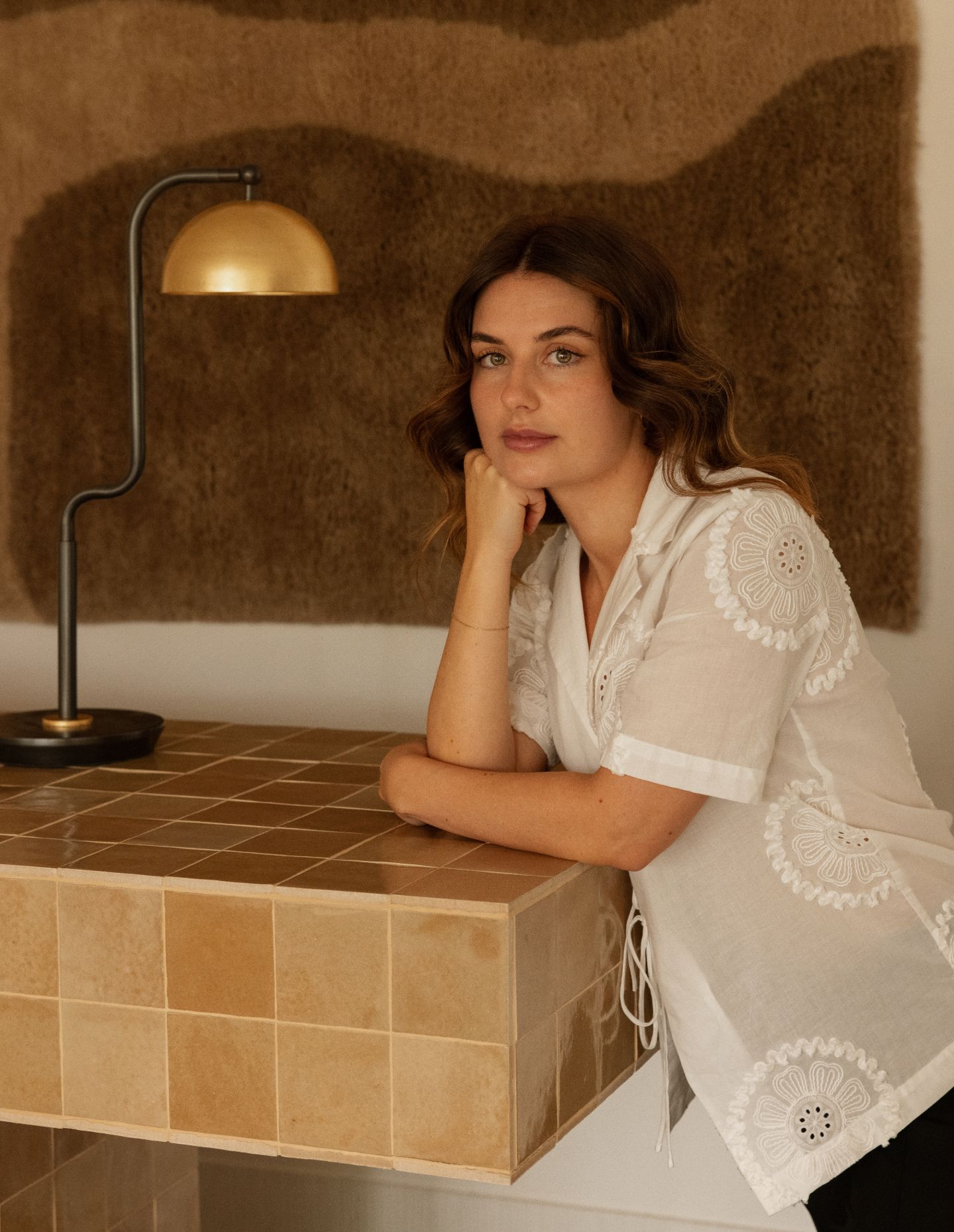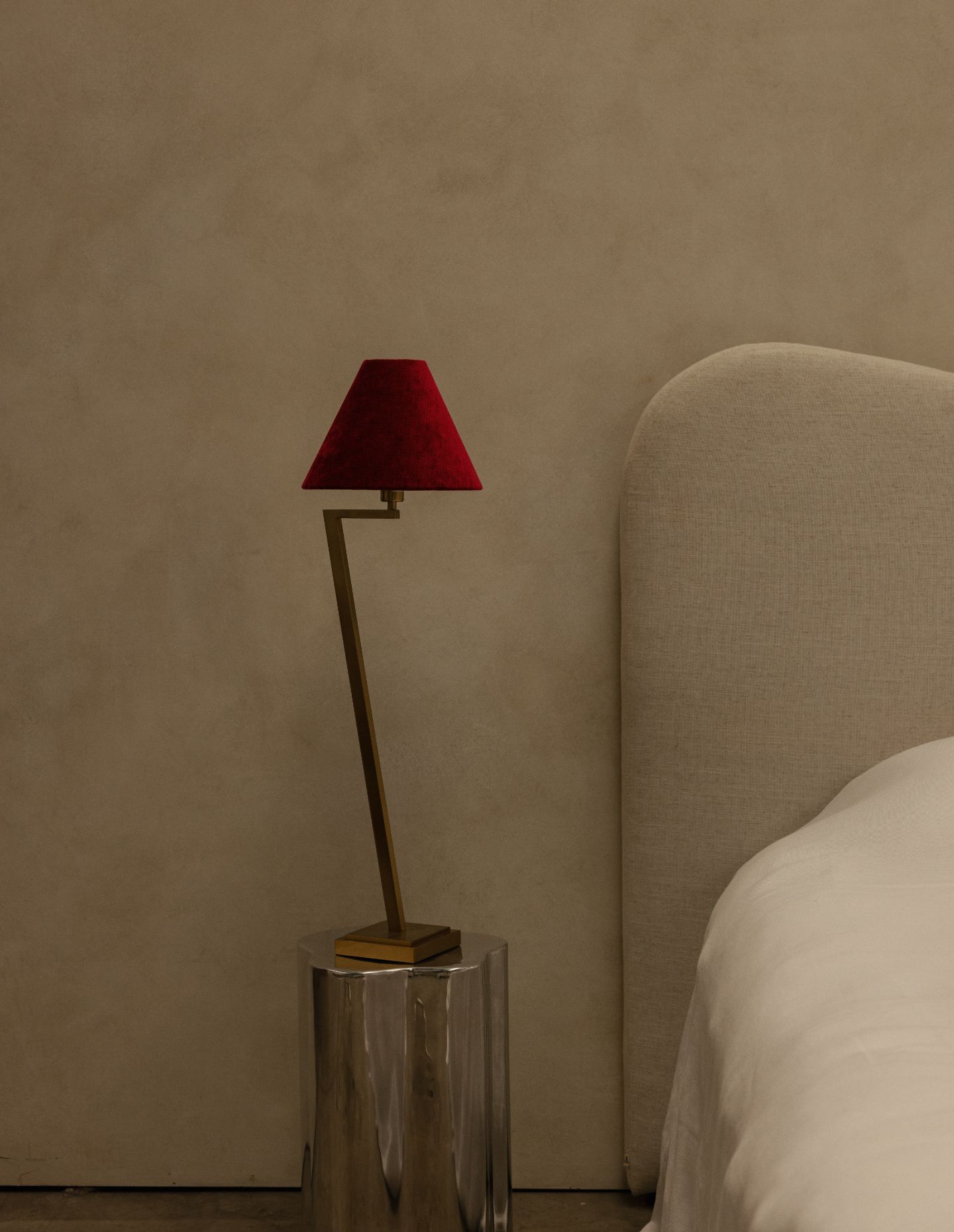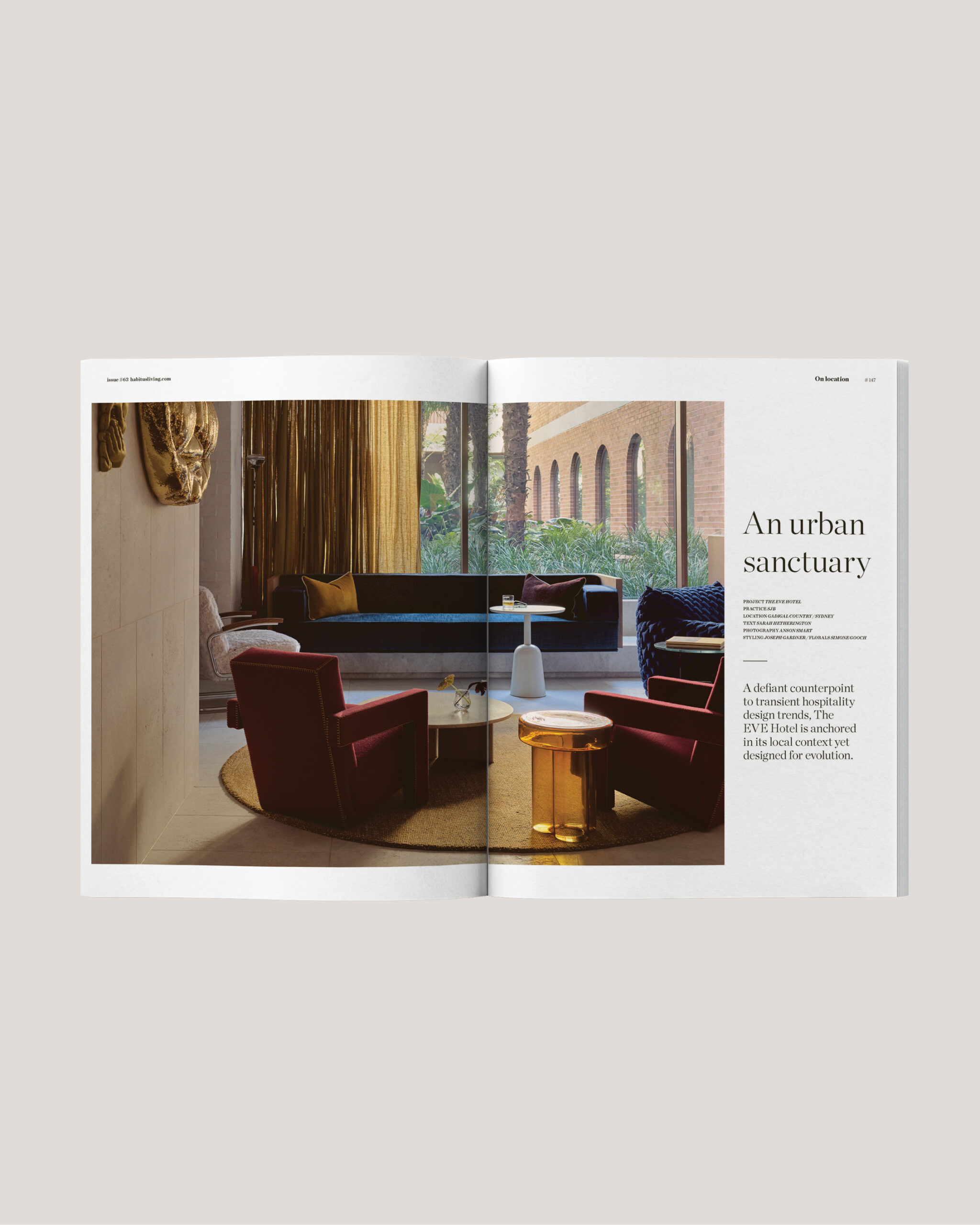Timothy Alouani-Roby: Where are you from and where did you study?
Leah Martin: I was born in Sydney, Australia; however, my father is from New Zealand, and my mother was born in Guyana and moved frequently, so travel was a part of growing up for me. I completed my Bachelor’s degree in Spatial Design at the University of Technology Sydney, before moving to northern Germany to undertake a Master’s degree in Architectural Lighting.
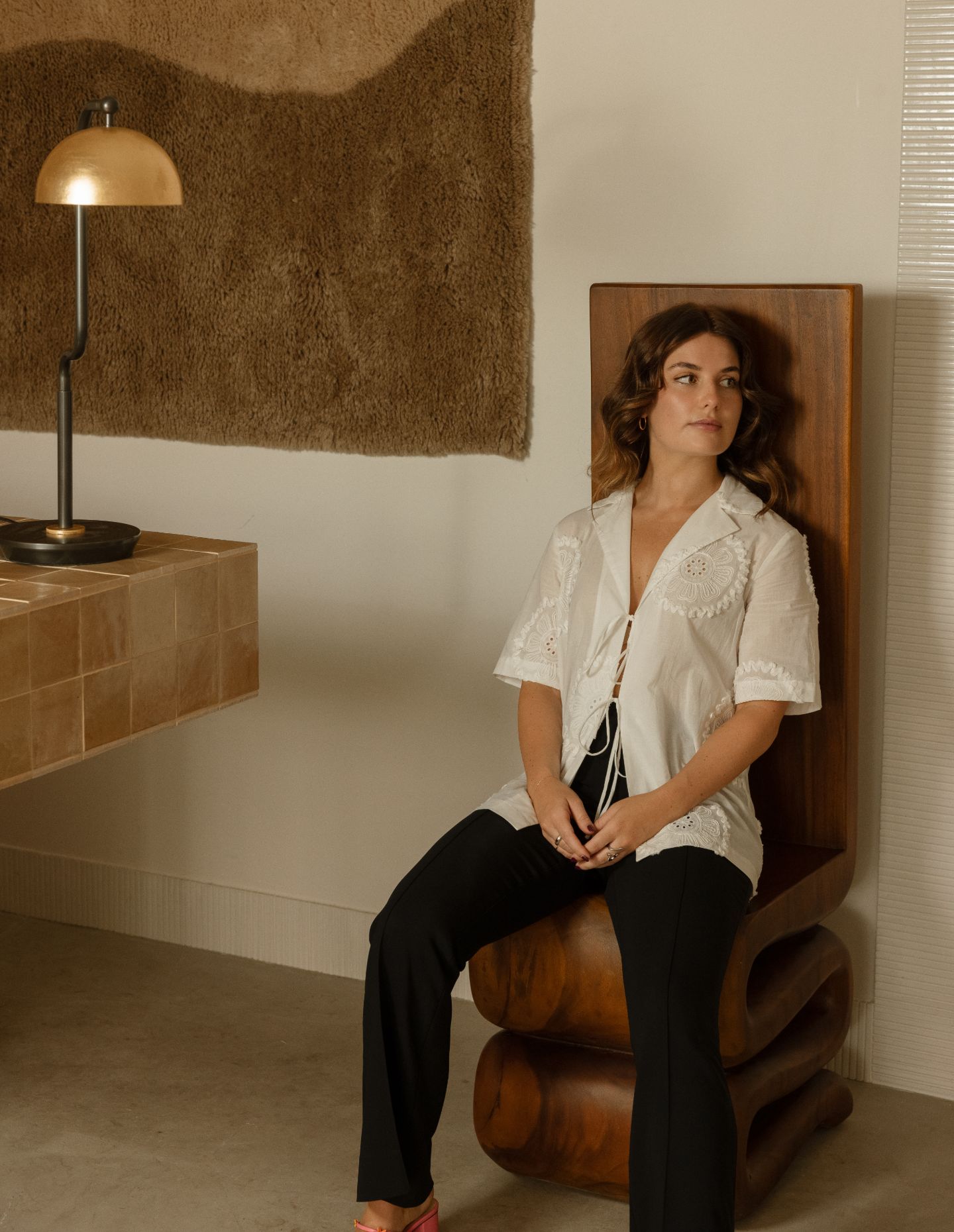
What did you take from your time in Germany?
From a design perspective, Germany felt liberating to me. Despite the everyday culture of organisation and structure, design is deeply valued, widely appreciated, and actively explored. This meant that ‘hands-on’ creation was seamlessly integrated into both my studies and professional experience. Germany offered a time of inspiration and exploration that I feel may not have been as readily accessible in Australia. I am a firm believer that things occur when they are meant to. Excitingly, my cohort was made up of approximately 20 students, hailing from 14 different countries, which made the experience all the more vibrant. If I were to condense my time, it truly fostered a sense of creative freedom. In my early twenties, I often felt constrained by ideals of perfectionism and conventional thinking, which I believe are sometimes reinforced within the Australian education system. Germany is also deeply connected to other parts of Europe, so from a product perspective, I was exposed to a wide array of fittings and fixtures – each prioritising technical excellence and functional integrity.

Please tell me about your latest collection. What are you most proud of with it?
The Remmy Collection is my third series sold exclusively through Bloomingdales Lighting, and it was by far the most exciting for me in terms of finish. I felt confident enough to embrace a two-tone combination and to move away from the standard brass finish, venturing instead into the richness of a gold leaf accent and aged metals. Personally, I appreciate lighting most when it doubles as sculpture (not to be touched) – so adaptability and moveable fitting components aren’t always central to my creative process. This was the first collection where I consciously explored light as a functional, utilitarian object – one that allows for direction and user interaction. It was also the first line to feature the absence of a fabric lampshade, which meant the silhouette needed to be bold and self-sufficient, capable of standing alone with presence and clarity.
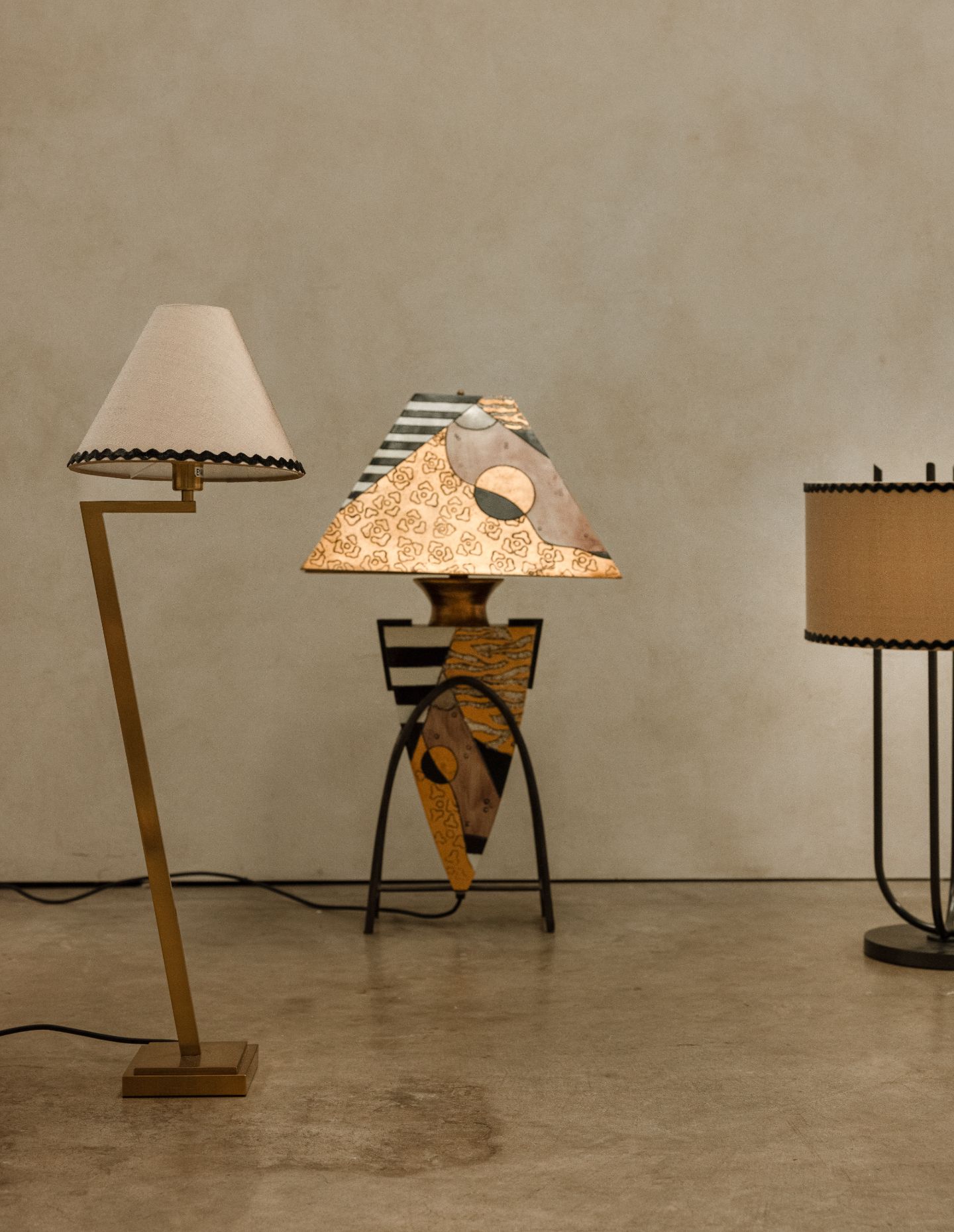
Are there any small details you’d like to draw attention to?
Definitely – each fitting, from floor to table to wall, features a secondary tone accent. This shift in tone quite literally draws the eye to the finer design details, and I enjoyed the playfulness of merging multiple finishes into a single piece. The moveable element is also one of my favourite features – I didn’t want the fitting to scream functionality, so the adjustable head is more of a subtle, almost secret detail, there if you want to engage with it, or happily left alone.
Where do you find inspiration for your work?
Without sounding cliché, I feel like inspiration is abundant – it’s just a matter of being present. As the Director of Design & Operations at Bloomingdale Lighting, I’m fortunate to be exposed daily to beautiful interiors, many of which feature lamps sourced from all corners of the globe. I’m inspired by our clients’ work, but also by the subtler things – like the way human bodies interact, and how objects such as vases, tables, or lamps can often mirror those same embracing, organic forms. I’m also really inspired by a good oldfashioned trade show. Travel is remains an unassuming source of inspiration for me. Having just returned from Euroluce in Milan, I was reminded how essential it is to engage with design on a global scale. Culture and geography have such a tangible influence on the things we create, consume, and covet.
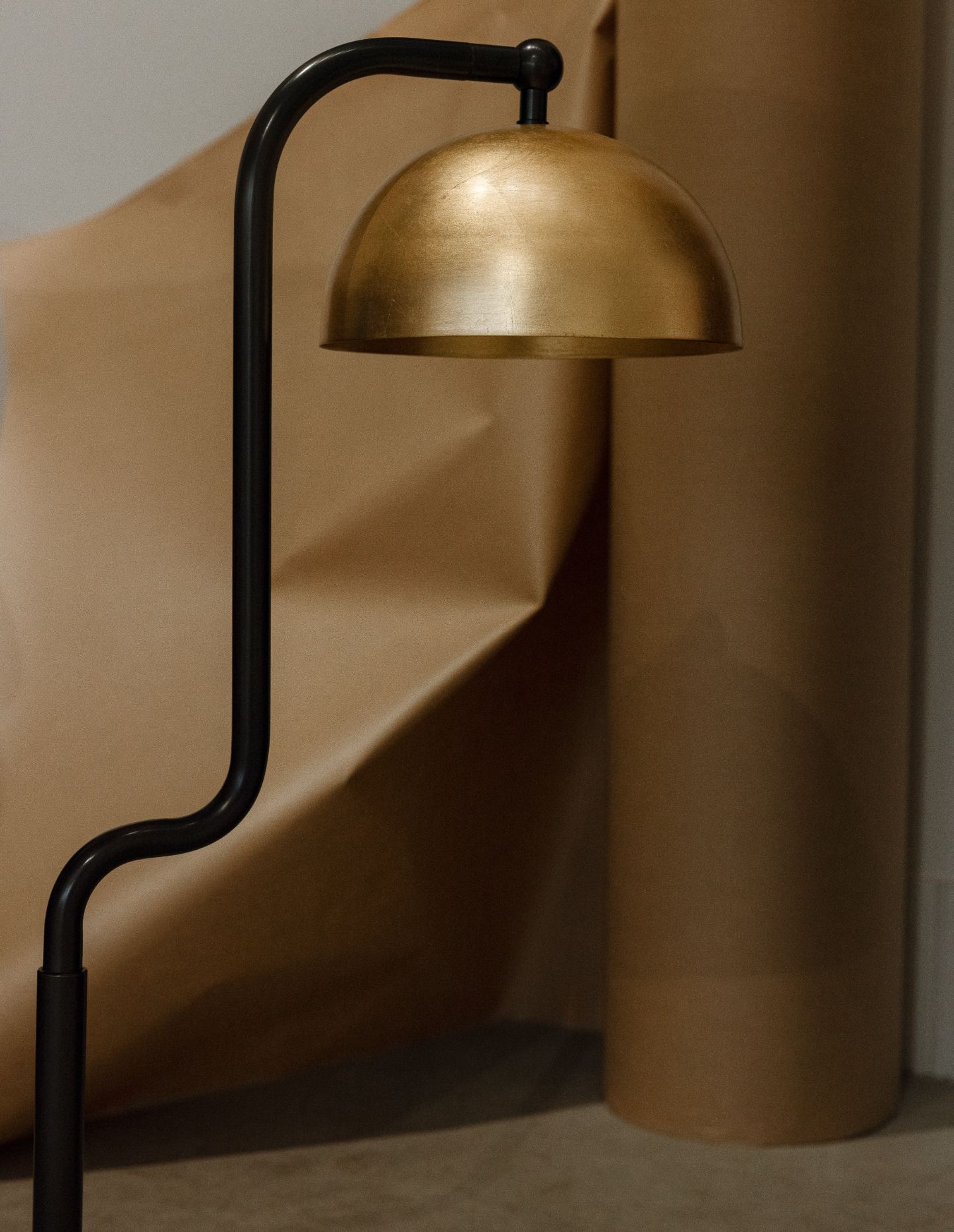

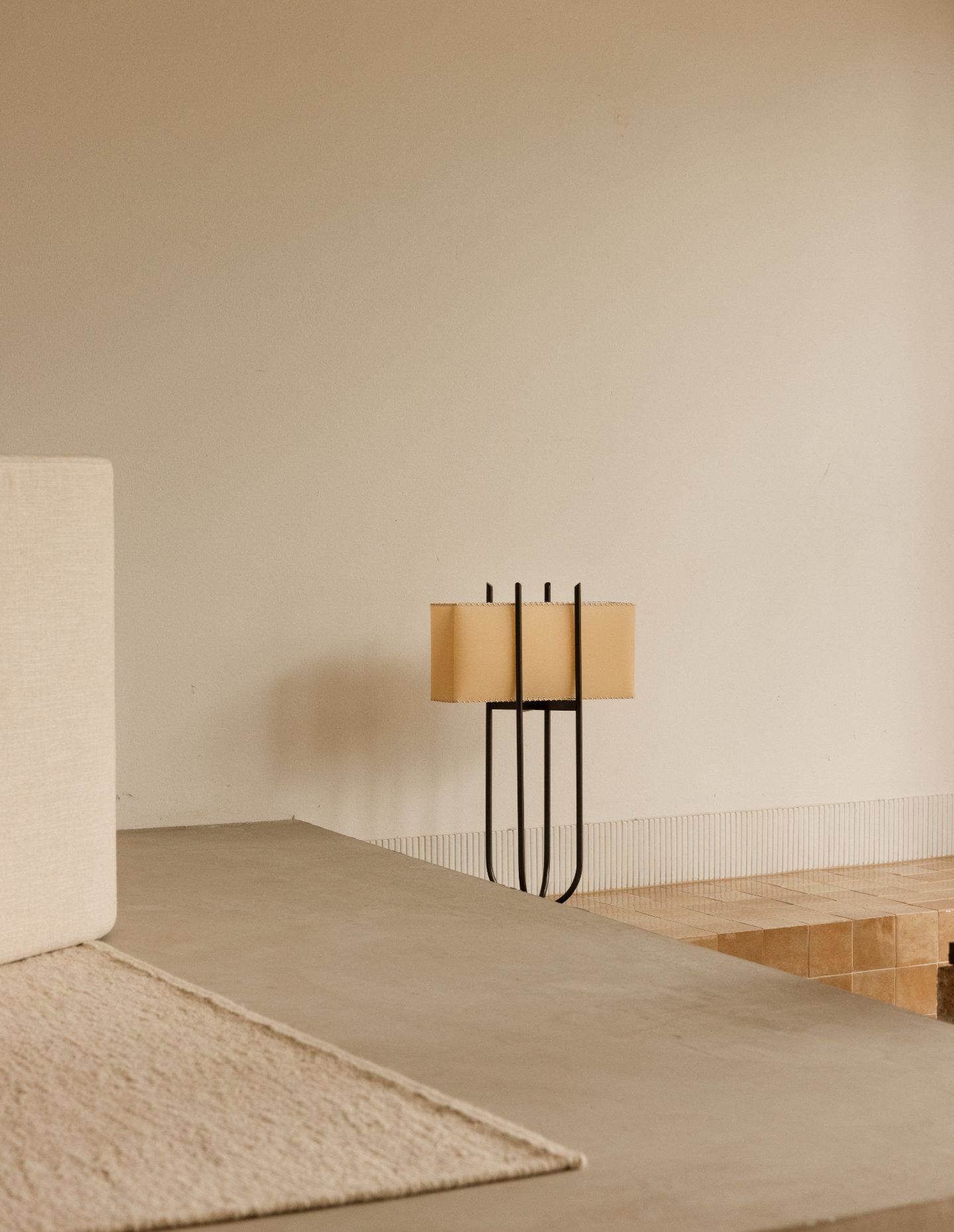
How do you seek to balance functionality with aesthetics?
I think the best way to strike this balance is to design products with yourself in mind as the end user. While lighting is, for me, primarily about a ‘feeling’, I’m always drawn to pieces that offer layered functionality. I value products that steer clear of fleeting trends – those that hold their worth over time. A key ingredient in creating something with lasting appeal, I believe, lies in fittings that successfully marry aesthetics with function. My design process always starts with the visual. I try not to stifle creativity by getting too technical too early. Once I’m satisfied with the look, I actually enjoy the problem-solving stage – working through how it will technically come together. I’m also quite at peace with the idea that a design might need to evolve slightly to become something that not only looks good, but makes sense.
